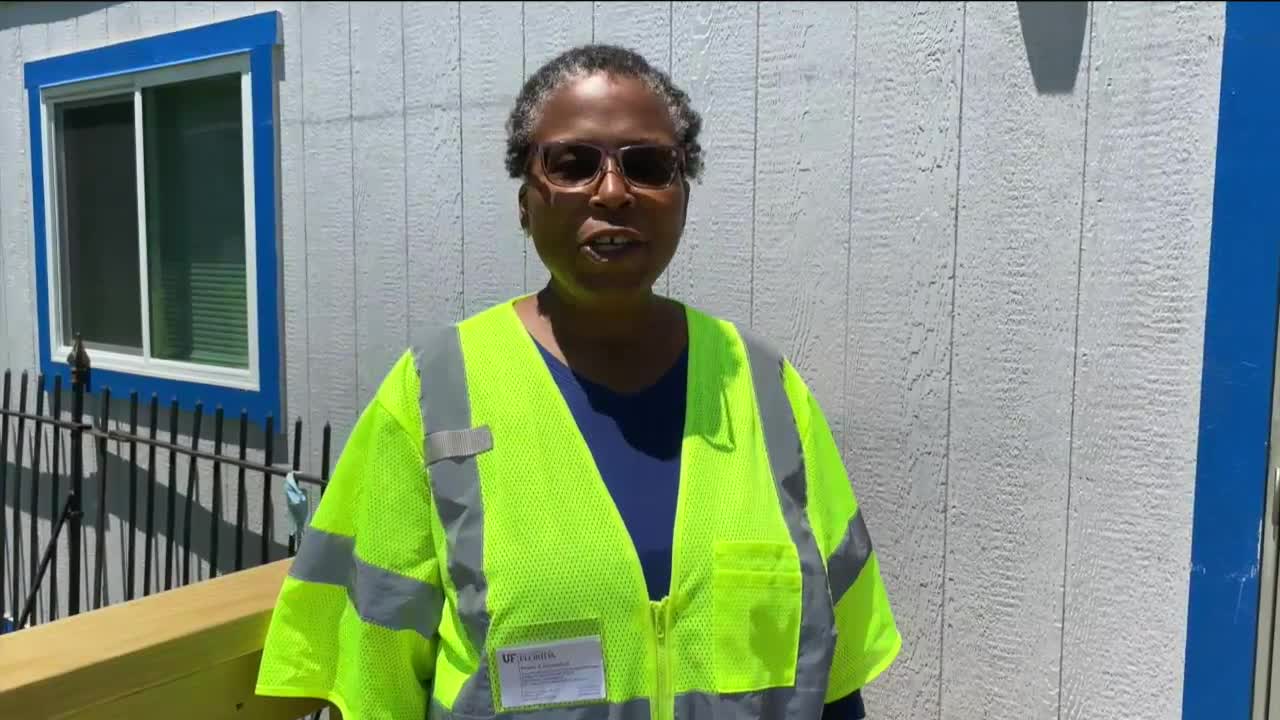Forensic team uncovers secrets of Tulsa Race Massacre victims
July 17, 2024 | Metropolitan Area Planning Commission Meetings, Tulsa, Tulsa County, Oklahoma

This article was created by AI summarizing key points discussed. AI makes mistakes, so for full details and context, please refer to the video of the full meeting. Please report any errors so we can fix them. Report an error »

In a recent presentation, Phoebe Stubblefield, the lead forensic anthropologist for the Tulsa Race Massacre investigation, provided an in-depth overview of the processes involved in analyzing remains exhumed from the historic site. Stubblefield, representing the University of Florida's Human Identification Lab, detailed the meticulous work conducted in their osteology lab, emphasizing the importance of radiography in identifying features associated with the cause of death, such as bullets and artifacts found with the remains.
The lab employs a CR scanner system to create detailed images of the remains, which aids in the identification of skeletal elements and any associated artifacts, including buttons, nails, and funerary hardware. Each burial is treated with care, with remains organized on individual tables to prevent mingling, allowing for thorough analysis of each set.
Stubblefield highlighted the collaborative efforts of her team, which includes several analysts and graduate students, who work together to inventory, repair, and analyze the skeletal remains. The lab also features a microscopy station for data processing and specimen photography, ensuring that both digital and paper records are meticulously maintained and cross-verified.
Once the analysis is complete, the remains are stored in a specially designed system until they are ready for reinterment. Stubblefield encouraged the public to visit the city of Tulsa's website for more information and resources related to the ongoing investigation, which has been a significant focus for the city council and mayor as part of broader efforts to honor the victims of the Tulsa Race Massacre.
In addition to the forensic work, the meeting also touched on the Destination District Program, aimed at revitalizing various areas of Tulsa to enhance community vibrancy and sustainability. This initiative reflects the city's commitment to fostering growth and stability in neighborhoods that have yet to reach their full potential.
The lab employs a CR scanner system to create detailed images of the remains, which aids in the identification of skeletal elements and any associated artifacts, including buttons, nails, and funerary hardware. Each burial is treated with care, with remains organized on individual tables to prevent mingling, allowing for thorough analysis of each set.
Stubblefield highlighted the collaborative efforts of her team, which includes several analysts and graduate students, who work together to inventory, repair, and analyze the skeletal remains. The lab also features a microscopy station for data processing and specimen photography, ensuring that both digital and paper records are meticulously maintained and cross-verified.
Once the analysis is complete, the remains are stored in a specially designed system until they are ready for reinterment. Stubblefield encouraged the public to visit the city of Tulsa's website for more information and resources related to the ongoing investigation, which has been a significant focus for the city council and mayor as part of broader efforts to honor the victims of the Tulsa Race Massacre.
In addition to the forensic work, the meeting also touched on the Destination District Program, aimed at revitalizing various areas of Tulsa to enhance community vibrancy and sustainability. This initiative reflects the city's commitment to fostering growth and stability in neighborhoods that have yet to reach their full potential.
View full meeting
This article is based on a recent meeting—watch the full video and explore the complete transcript for deeper insights into the discussion.
View full meeting
